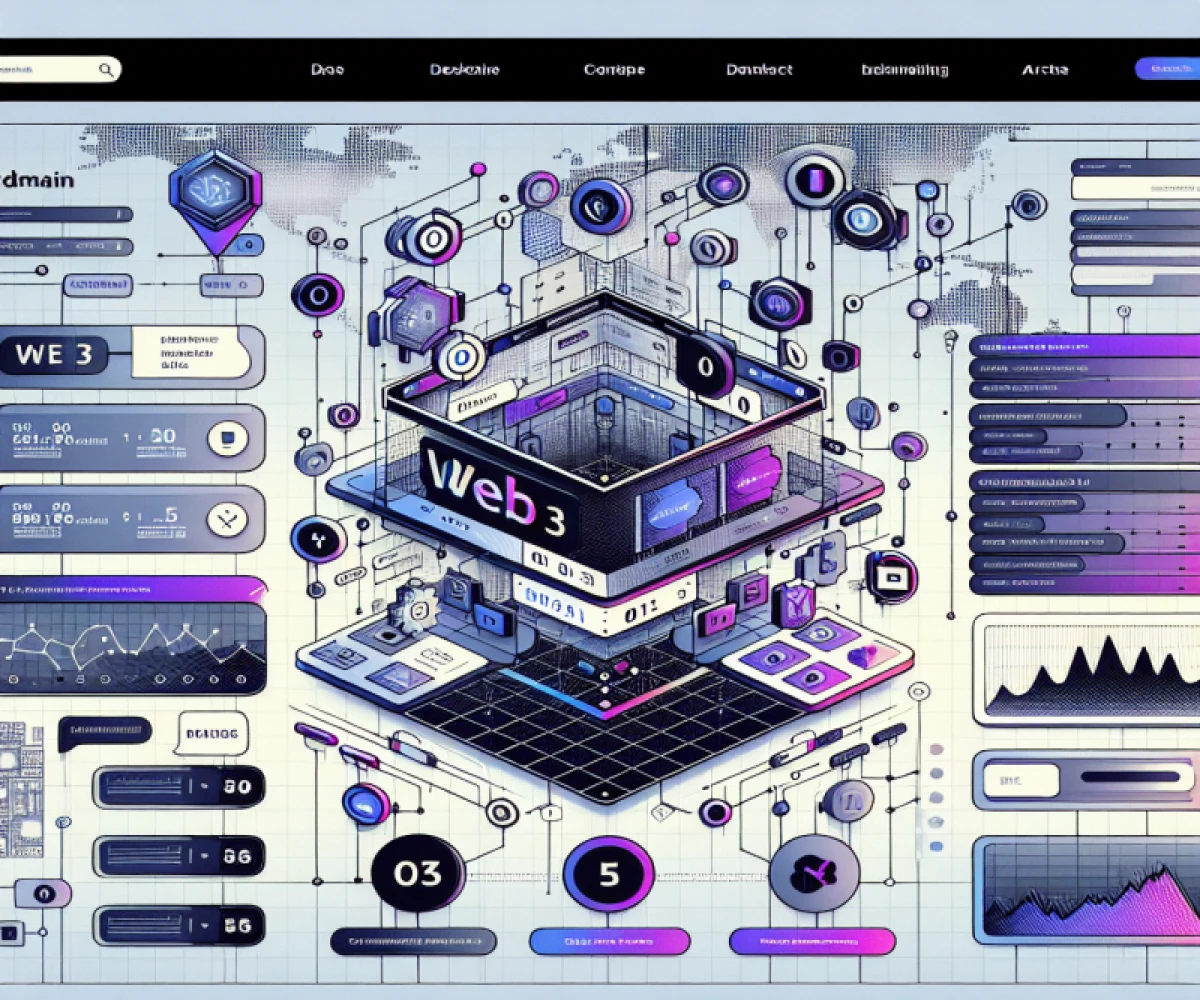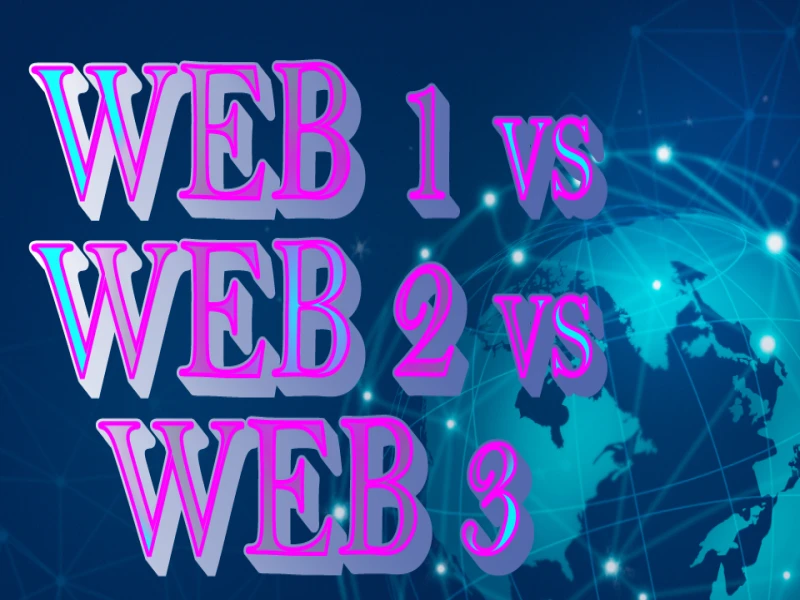
Web3: It's Not Just About Crypto
Welcome to the Decentralized Future: Demystifying Web 3.0 (Web3)
The internet is constantly evolving, and the latest buzzword on the block is Web 3.0, also known as Web3. But what exactly is it? Is it just another tech fad, or something that will truly revolutionize the way we interact with the online world?
Buckle up, because we're diving into the exciting, and sometimes confusing, realm of Web3!
What is Web3?
Imagine a web where you control your own data, applications run without central authorities, and artificial intelligence personalizes your experience to a whole new level. That's the basic idea behind Web3. It's a shift from the current web, dominated by large corporations like Google and Facebook, to a more decentralized, open, and user-centric model.
Key characteristics of Web3:
- Decentralization: No single entity controls the web. Instead, it's powered by a distributed network of computers, like blockchains.
- Semantic Web: Machines can understand and interpret information, opening up possibilities for smarter and more personalized experiences.
- Openness: Anyone can participate in building and using applications on the web, fostering innovation and collaboration.
- User ownership: You own your data and can choose how it's used, giving you more control and privacy.
A Brief History of the Web:
- Web 1.0 (1990s): The "read-only" web, where static websites offered basic information.
- Web 2.0 (2000s-present): The "read-write" web, with interactive platforms like social media and user-generated content.
- Web 3.0 (future): The "intelligent" web, powered by decentralization and AI.
The Potential of Web3:
Web3 holds immense potential to transform various aspects of our lives, including:
- Data privacy: Users regain control over their personal information, reducing data breaches and misuse.
- Financial inclusion: Decentralized finance (DeFi) empowers individuals with more accessible financial services.
- Governance: Decentralized Autonomous Organizations (DAOs) enable collective decision-making without central control.
- Content creation: Creators own their content and can monetize it directly, bypassing platforms.
Challenges and Uncertainties:
While exciting, Web3 also faces challenges:
- Scalability: Decentralized networks need to become more efficient to handle large-scale adoption.
- Security: New technologies like blockchains are still vulnerable to attacks and scams.
- Accessibility: Ensuring everyone has access to the tools and knowledge to participate in Web3 is crucial.
The Future of Web3:
Web3 is still in its early stages, but it has the potential to fundamentally change how we interact with the internet. Whether it lives up to its promises remains to be seen, but one thing is certain: the journey towards a more decentralized and user-centric web is well underway.
Stay tuned for further explorations into the exciting world of Web3!
Do you have any questions or thoughts about Web3? Share them in the comments below!
Disclaimer: This blog is for informational purposes only and should not be considered financial advice. Please do your own research before making any investment decisions.


